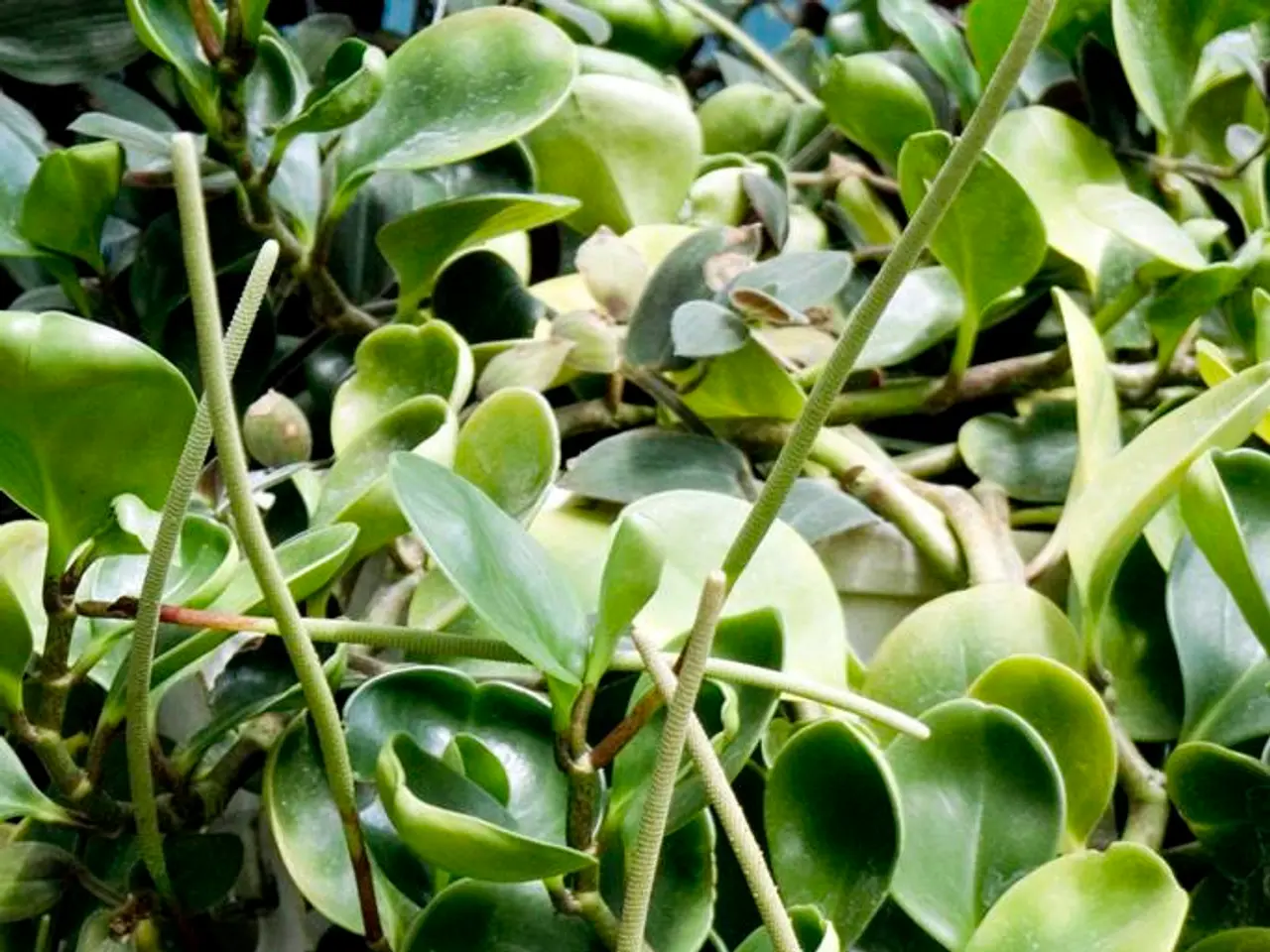The Possibility of Global Water Depletion
In her latest book, "When The World Runs Dry," author Nancy F. Castaldo offers a comprehensive approach to addressing the global water crisis. The book underscores the importance of conservation, sustainable water management practices, technological innovation, and global awareness as key solutions to mitigate water scarcity.
The book emphasizes that human activity is the primary cause of the water crisis, and as such, humans also have the power to make a difference. Here are some of the actionable solutions proposed by Castaldo:
- Water conservation at individual and community levels: Encouraging reduced water waste through habits such as fixing leaks, using water-efficient appliances, and mindful usage in daily activities.
- Utilizing new technologies: Employing advanced water purification systems, rainwater harvesting, desalination innovations, and smarter irrigation practices.
- Protecting and restoring natural water sources: Safeguarding rivers, lakes, and groundwater through policies and community efforts focused on pollution control and habitat preservation.
- Raising public awareness and education: Highlighting the water crisis globally to inspire policy changes and responsible usage among consumers and governments.
- Supporting equitable access to clean water: Promoting initiatives that ensure vulnerable populations receive clean, safe water and sanitation.
Castaldo's research, documented in the book, underscores the need for collective action from individuals to policymakers in solving the water crisis. The book inspires readers with stories and practical steps to effect real change in water use and policy.
The book was inspired by Castaldo's research for another book, "The Story of Seeds," during the Flint water crisis in 2014. It addresses both the quantity and quality of the global water supply, with human-caused climate change and pollution being the primary drivers.
Many communities around the world are currently battling rising Covid-19 cases with no access to clean water, impacting their sanitation levels and overall health. The transportation of goods is also affected during a water crisis, especially if areas are flooded or destroyed due to extreme weather. Flooding due to excessive water also impacts crop production.
The book combines emotional testimonies from people affected by polluted water or drought with staggering statistics. It presents case studies from various industries and geographies to illustrate how climate change, poor infrastructure, and other failures have led to a water crisis.
When people need to relocate from water stress, the community left behind experiences an economic loss. The book highlights the impact of water scarcity and contamination on human health, food security, ecological conservation, and economic prosperity. By 2050, the amount of drinkable water for every person on the planet is expected to halve due to the global water crisis.
The Flint water crisis, for instance, resulted in a lot of local businesses being forced to close due to human loss. Chemical companies lobby the government to get harmful pesticides approved for popular use, often re-approved under different leadership.
Despite these challenges, the book also showcases resilience and amplifies the voices of young activists. Its format and tone aim to take readers on a journey and introduce them to people impacted by the water crisis, while also highlighting solutions and inspiring hope for a better future.
[1] Reference: Castaldo, N. F. (2021). When The World Runs Dry. Abrams Books for Young Readers.
Read also:
- Is it advisable to utilize your personal health insurance in a publicly-funded medical facility?
- Dietary strategies for IBS elimination: Aims and execution methods
- Benefits, suitable dosage, and safety considerations for utilizing pumpkin seed oil in treating an overactive bladder
- Harmful Medical Remedies: A Misguided Approach to Healing








